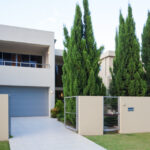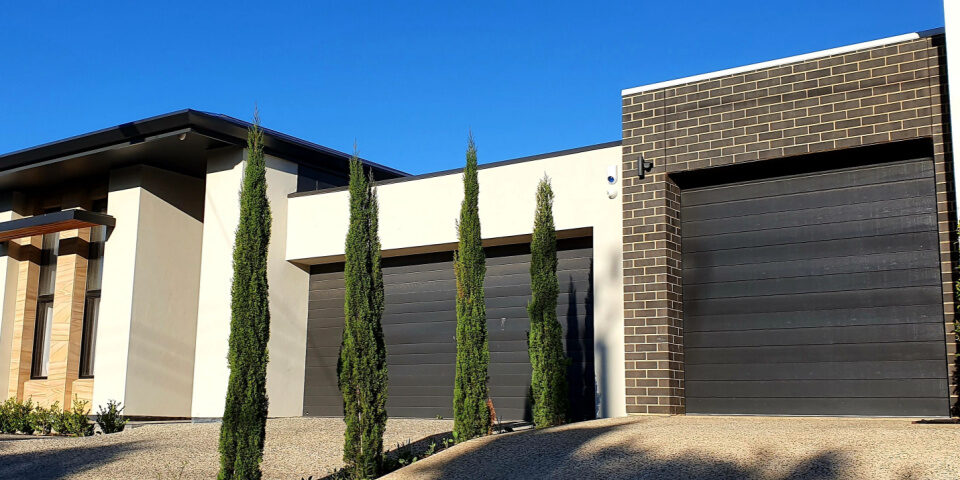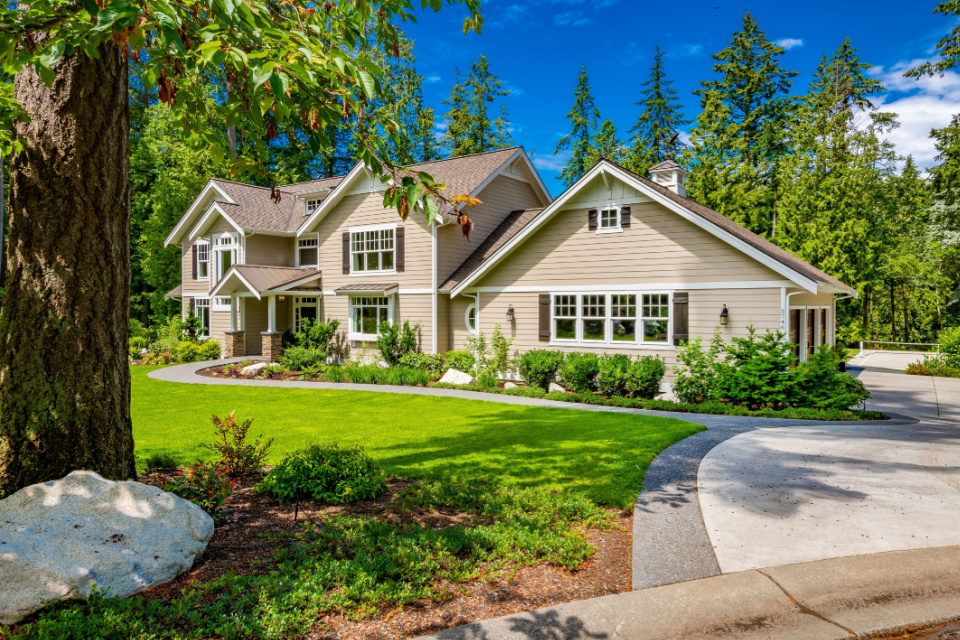
Explore sustainability and environmental trends
11/15/2023Brisbane, the capital of the Australian state of Queensland, is not only famous for its pleasant climate and diverse culture, but also for its unique architectural landscape. In the field of architecture, a city’s interior design and decoration play an important role in shaping its architectural character. This article covers the important details of architectural decoration in Brisbane and analyzes interior design and decorative elements. It highlights unique design trends within a city that may be influenced by local culture and lifestyle.
One of the hallmarks of Brisbane’s architectural decoration is its blend of contemporary styles. The city embodies a diverse cultural landscape, which is well reflected in its interior design. From modern skyscrapers to historic buildings, Brisbane is a blend of architectural styles that reflect its cosmopolitan identity. In interior design, this fusion becomes clearer through the juxtaposition of elements from different eras and cultures. You’ll often find stylish modern apartments decorated with traditional Aboriginal artwork, or historic buildings converted into trendy cafes with industrial decor. This fusion of styles creates a unique overall visual identity that symbolizes Brisbane’s open-mindedness and appreciation of diversity.
Brisbane’s pleasant climate and closeness to nature influence interior design trends in the city. Incorporating outdoor elements into architectural decor is a common theme. Spacious windows, glass doors and the use of natural materials such as wood and stone contribute to a seamless connection between indoor and outdoor spaces. Indoor plants are a ubiquitous element in Brisbane interior design. From small potted succulents to large showy plants, greenery is being incorporated into homes, offices and public spaces. This not only enhances the aesthetics but is also in line with the city’s emphasis on sustainable and environmentally friendly living.
Brisbane’s proximity to the coast means coastal elegance is often incorporated into interior design. Nautical themes, bright colors and the use of natural textures like rattan and seaweed create a seaside elegance. This design trend reflects the city’s laid-back lifestyle and appreciation of the nearby ocean. In homes and businesses, you’ll find coastal-style spaces that combine blue and white tones, complemented by ocean-inspired decorative elements. The combination of these marine elements not only creates visual interest, but also creates a relaxing and refreshing atmosphere, which makes people escape from the hustle and bustle of the city.
Located in the state of Queensland, Brisbane’s architectural decoration pays homage to its rich Aboriginal heritage. Native art, with its bright colors and meaningful symbols, is often used in interior design. From paintings and sculptures to traditional patterns on furniture, Aboriginal art plays an important role in shaping our city’s cultural history. Incorporating Aboriginal art is not only a decorative choice but also a sign of respect for the traditional owners of the land. It adds a layer of cultural depth to Brisbane’s interior and promotes connections with the region’s history and Aboriginal communities.
Transforming traditional spaces into modern, industrial-chic venues is a prominent design trend in Brisbane’s city centre. Warehouses, factories and historic buildings have been adapted and transformed into vibrant cafes, art galleries and event spaces. The juxtaposition of raw industrial elements with modern furniture creates a visually stimulating atmosphere. Exposed brick walls, high ceilings and exposed beams, along with repurposed machinery, create an urban industrial aesthetic. This design trend reflects Brisbane’s commitment to reflecting the city’s dynamic growth while retaining its architectural history.
Brisbane’s architectural decorations also align with global trends in smart and sustainable living. The integration of technology and interior design is becoming increasingly common, with smart home systems, energy-efficient lighting and environmentally friendly materials becoming key elements of modern spaces. The focus on sustainability extends to the choice of materials and furnishings. Upcycled and recycled furniture, energy-efficient appliances and eco-friendly finishes help reflect a design philosophy that prioritizes environmental responsibility. This trend is consistent not only with global concerns about climate change, but also with Brisbane’s commitment to becoming a greener, more sustainable city.
Brisbane’s architectural décor is like a living tapestry, blending contemporary design, cultural diversity and a deep connection with nature. The interior of a city reflects not only aesthetic preferences but also the values and lifestyle of the people who live there. As Brisbane continues to evolve, its architectural decoration will continue to dynamically reflect the city’s character, embracing new trends while respecting its rich cultural heritage. Whether it’s stylish city apartments, repurposed historic spaces or coastal-style homes, Brisbane’s architectural features tell the story of a city that celebrates diversity, sustainability and a harmonious blend of old and new.




